Archivist Lucy Rutherford looks at how a new accession throws light on the war time occupations of Hertford students
Letters from the Second World War


Archivist Lucy Rutherford looks at how a new accession throws light on the war time occupations of Hertford students

Our archives volunteer Ryan Hamilton writes about student politics as depicted in a set of alumni questionnaires held in the Hertford College archives. In October of Michaelmas term 1931, students gathered at the Oxford Union to await the results of the general election. Prime Minister Ramsay Macdonald had left the Labour Party that summer to […]
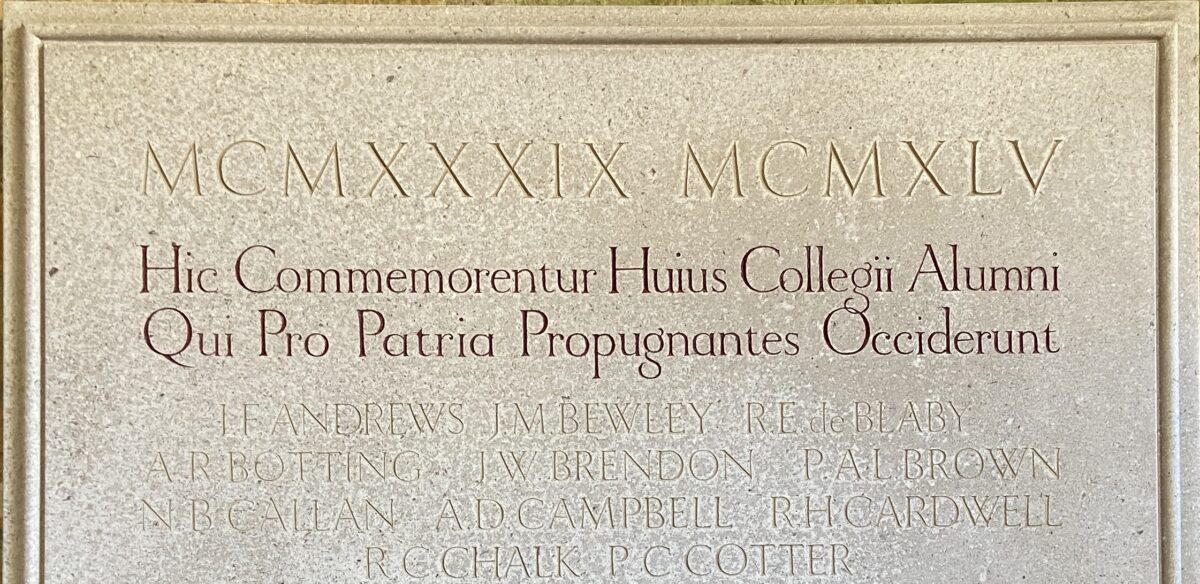
Our archives volunteer Ryan Hamilton writes about Hertford students’ memories of the famous Oxford Union Debate & the outbreak of war in 1939 Many of the alumni questionnaire returns in the collection held by the Hertford archives deal with the coming of the Second World War. Written decades later, students poignantly reflected on the coming […]
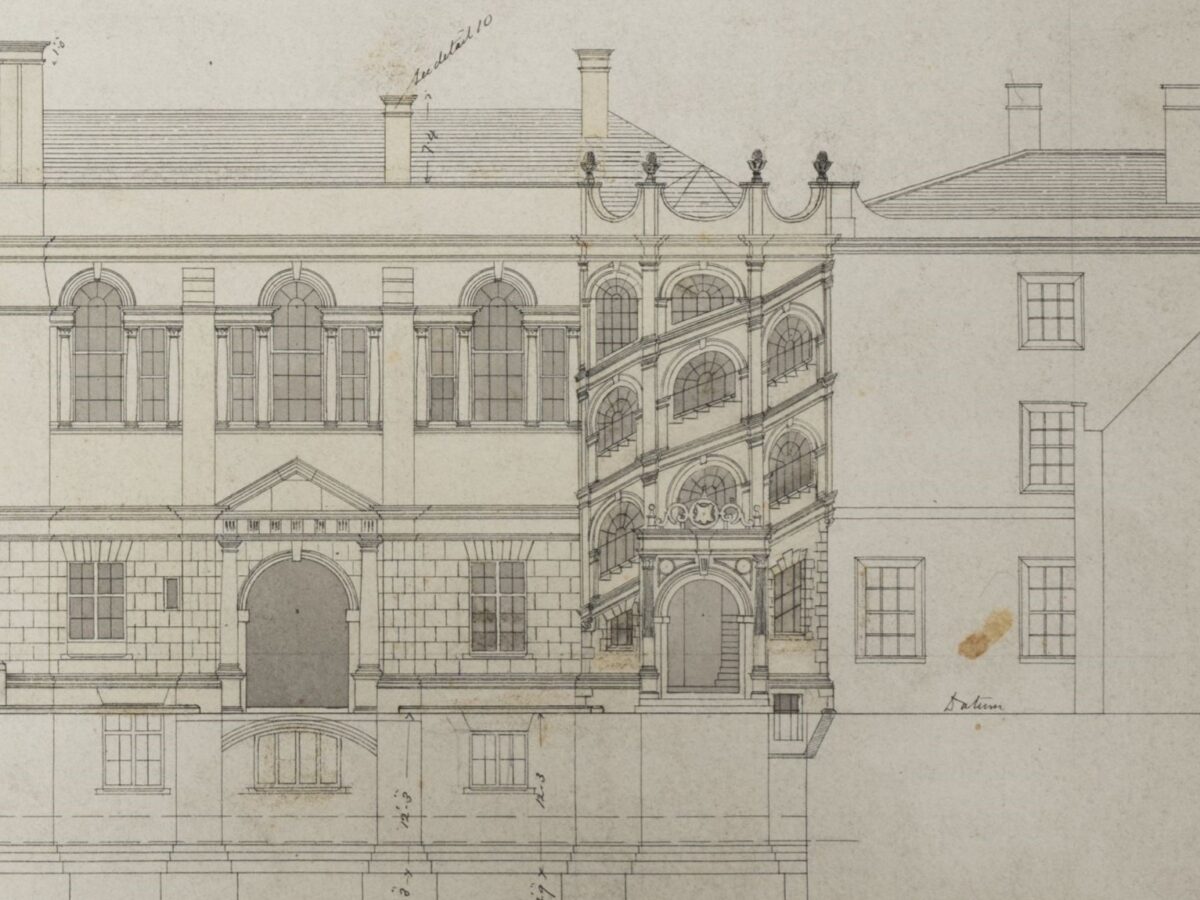
Hertford College’s Michaelmas Term 2024 archives and rare books display
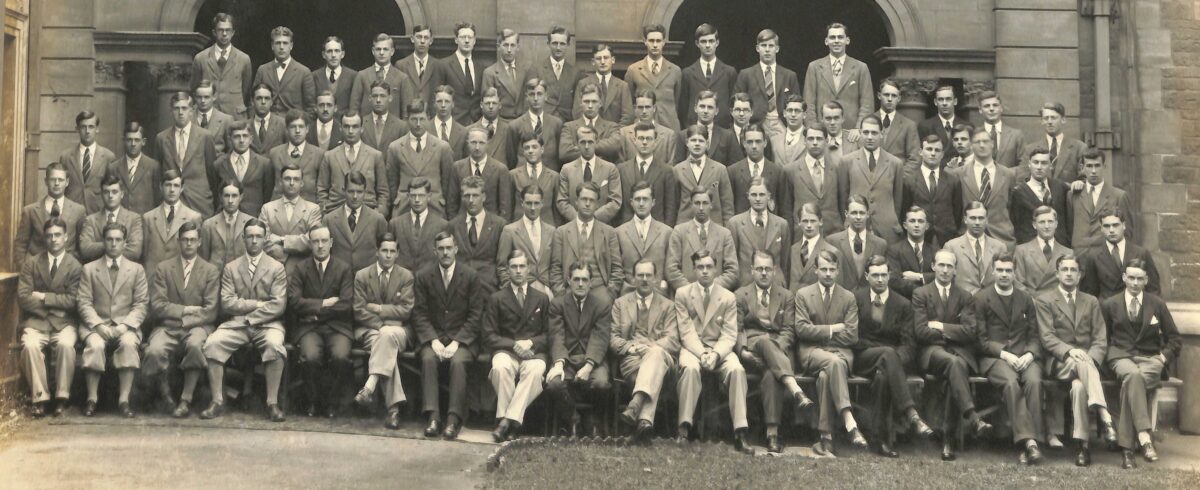
Ryan Hamilton, MPhil Student in History at Hertford (2022-2024) writes about undertaking a cataloguing project for the College archive In Trinity term 2024, I began to volunteer in Hertford’s college archive. Lucy Rutherford, the college archivist, suggested a cataloguing project that proved to be a window into another world. In the mid-1980s, the Development Office […]
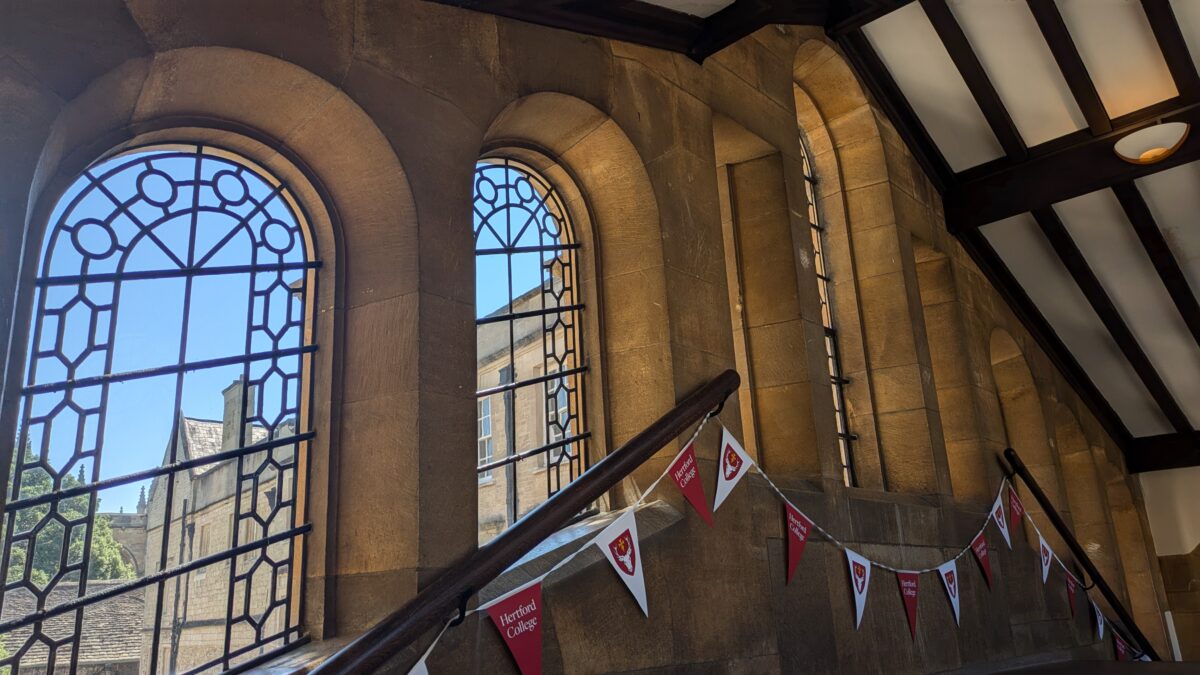
In July 2024 two pupils from local schools spent a week working with the Hertford Library and Archives team. The team enjoyed welcoming the pupils, introducing them to how libraries and archives work and their enthusiasm for the library’s summer stock check and the special collections digitisation projects! The placements were organised through the College’s […]
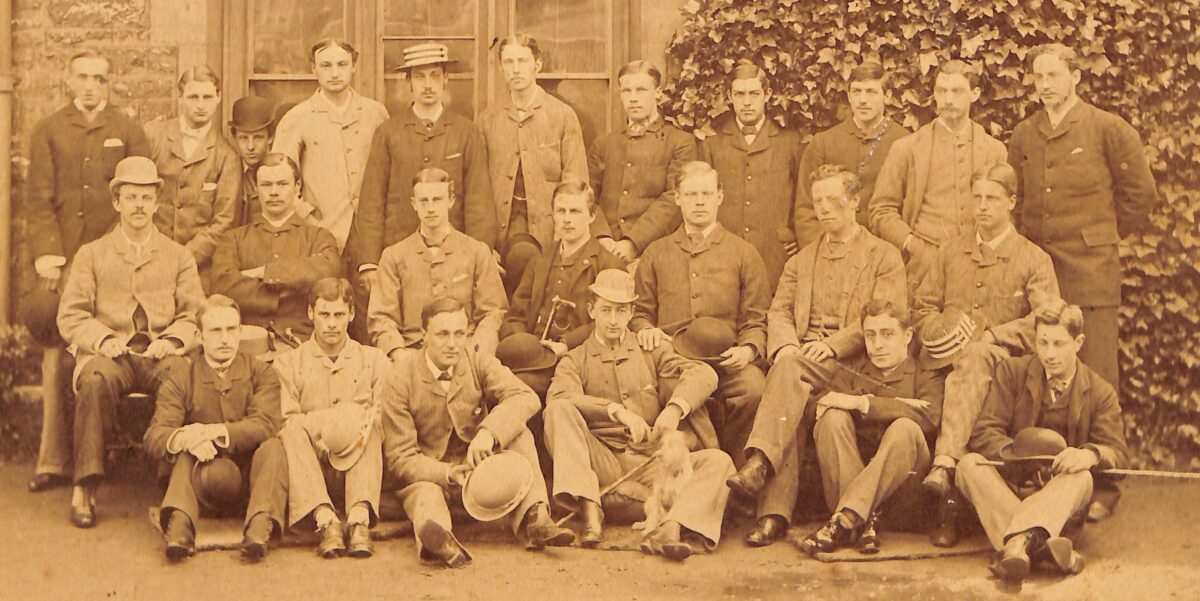
The first accession of 2024 is a Secretary’s Book for Magdalen Hall Boat Club, starting in 1868 and ending in1880. It is a handsome volume in good condition, covered with parchment and fastened with a metal clasp. It is unique in covering the period of transition as Magdalen Hall was incorporated as Hertford College in […]
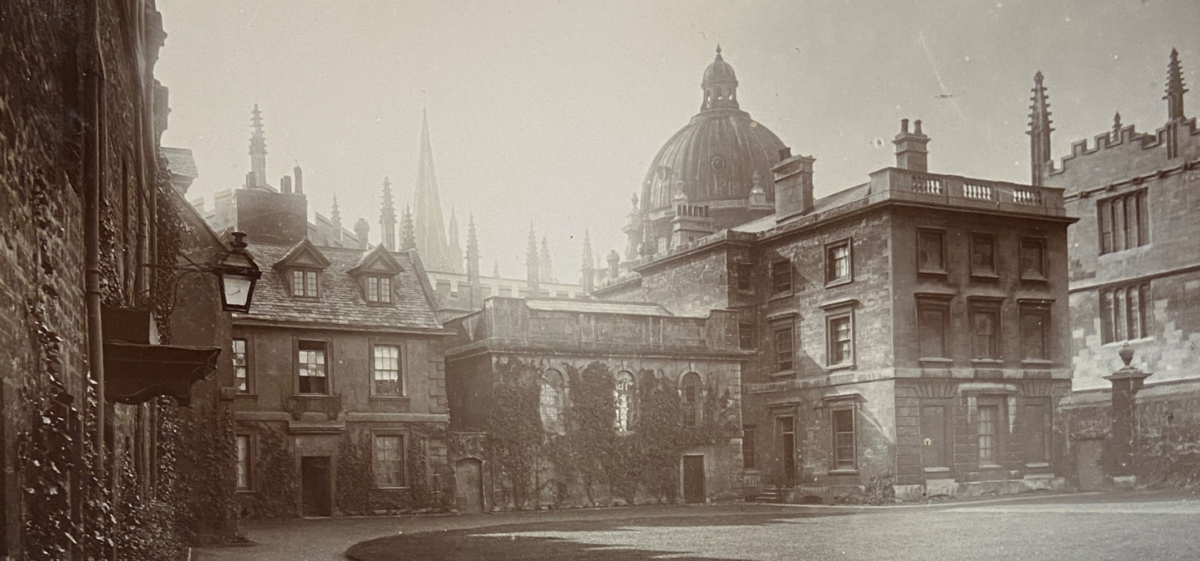
The 19th and 20th centuries were a time of great change as Magdalen Hall and the remnants of Hart Hall transformed into the modern day version of Hertford College on the current Catte Street site.
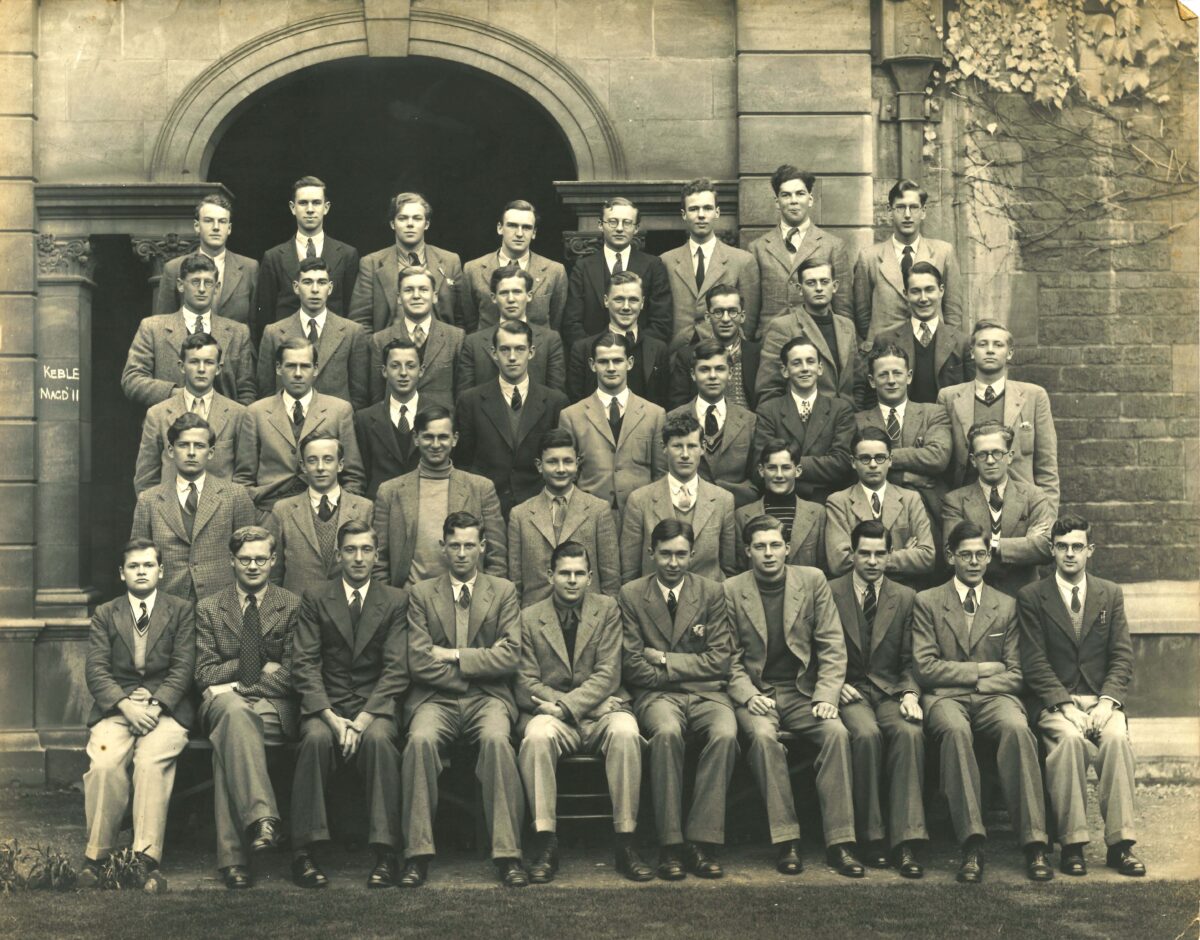
By Nathan Stazicker, Outreach & Communications Officer
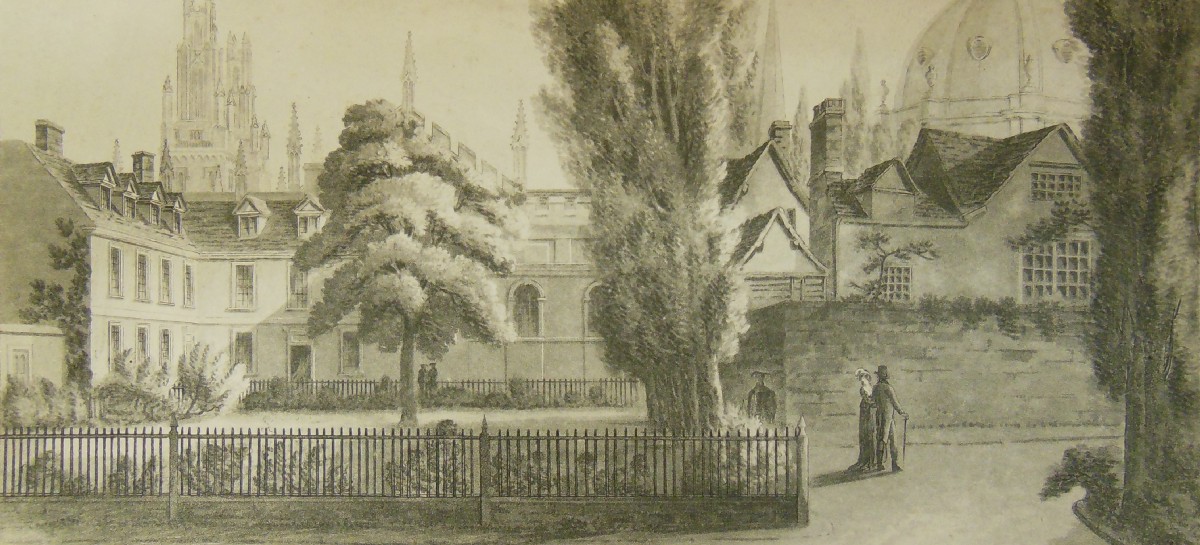
By Lucy Rutherford, Archivist